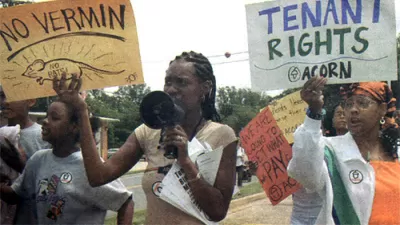The Robert Wood Johnson Foundation, in partnership with the University of Wisconsin Population Health Institute, this week released the annual County Health Rankings. The rankings aim to inspire healthy community action.
An article on the Washington Post by Reid Wilson and Christopher Ingraham shares the data visualizations behind the Robert Wood Johnson Foundation’s annual County Health Rankings. The rankings use nearly three-dozen indicators to measure health outcomes across the country. Just as with last year’s rankings, the report makes the point that measures like high poverty, bad air and high obesity rates produce higher rates of premature deaths.
According to Wilson and Ingraham’s analysis of the rankings, “Southern states are more likely to have higher YPLL numbers. But the most extreme outliers are all in rural counties in North and South Dakota.”
The Washington Post coverage of the ranking includes ten maps “that best illustrate where Americans are healthiest, and why…” The maps include metrics like air pollution (fine particles per cubic meter); percent of adults that a report a Body Mass Index higher than 30; long commutes (percentage driving more than 30 minutes each way); and percent of children under age 18 in poverty.
FULL STORY: The 10 maps that illustrate the healthiest counties in America

Trump Administration Could Effectively End Housing Voucher Program
Federal officials are eyeing major cuts to the Section 8 program that helps millions of low-income households pay rent.

Planetizen Federal Action Tracker
A weekly monitor of how Trump’s orders and actions are impacting planners and planning in America.

Ken Jennings Launches Transit Web Series
The Jeopardy champ wants you to ride public transit.

Crime Continues to Drop on Philly, San Francisco Transit Systems
SEPTA and BART both saw significant declines in violent crime in the first quarter of 2025.

How South LA Green Spaces Power Community Health and Hope
Green spaces like South L.A. Wetlands Park are helping South Los Angeles residents promote healthy lifestyles, build community, and advocate for improvements that reflect local needs in historically underserved neighborhoods.

Sacramento Plans ‘Quick-Build’ Road Safety Projects
The city wants to accelerate small-scale safety improvements that use low-cost equipment to make an impact at dangerous intersections.
Urban Design for Planners 1: Software Tools
This six-course series explores essential urban design concepts using open source software and equips planners with the tools they need to participate fully in the urban design process.
Planning for Universal Design
Learn the tools for implementing Universal Design in planning regulations.
Heyer Gruel & Associates PA
Ada County Highway District
Institute for Housing and Urban Development Studies (IHS)
City of Grandview
Harvard GSD Executive Education
Toledo-Lucas County Plan Commissions
Salt Lake City
NYU Wagner Graduate School of Public Service





























